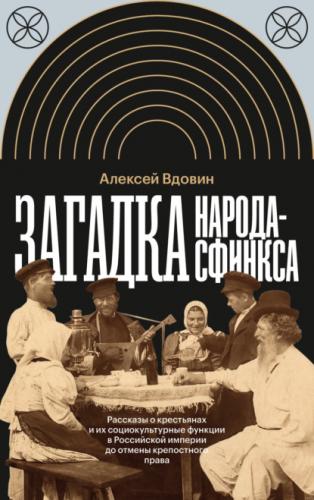79
Alpers P. What Is Pastoral? P. 35.
80
Ibid. P. 134, 174. Более того, как утверждает Альперс, «вергилиевская пастораль способна изображать эти реалии (социальные и политические. – А. В.), не теряя своей пасторальной специфики» (Ibid. P. 162).
81
«Among the competing ideologies proleptically displayed in the Eclogues are Roman republicanism, the classic statement of the claims of the many to equal consideration; the counter-claim of the privileged few to special treatment on the grounds of special talent: the hegemonic needs of the holders of power for cultural authentication; the responsibility of the intellectual for providing that authentication, in the interests of stability; the value of political or social stability in nurturing the arts; the responsibility of the intellectual for telling the whole truth in the interests of social justice; the intellectual’s claim to personal autonomy» (Patterson A. Pastoral and Ideology: Virgil to Valery. Berkeley, 1987. P. 8).
82
Griffiths E. The Shepherd, the Volk, and the Middle Class: Transformations of Pastoral in German-Language Writing, 1750–1850 (Studies in German Literature Linguistics and Culture). Rochester, NY, 2020. P. 1–2.
83
Первый русский перевод: «Наивная и сантиментальная поэзия. Из Шиллера» // Отечественные записки. 1850. Т. 68. № 1–2.
84
Шиллер Ф. Собрание сочинений: В 7 т. Т. 6. М., 1957. С. 385.
85
Там же. С. 441.
86
Там же. С. 445–446.
87
См.: Sharpe L. On the «naive» and the «sentimental» // Friedrich Schiller: Drama, Thought and Politics / Ed. by L. Sharpe (Cambridge Studies in German). Cambridge, 1991. P. 186–187; Griffiths E. The Shepherd, the Volk, and the Middle Class. P. 24–26, 111–150.
88
Гегель Г. В. Ф. Лекции по эстетике. Т. 2. С. 410.
89
Там же. С. 426.
90
См.: Morgan P. The Critical Idyll: Traditional Values and the French Revolution in Goethe’s Hermann und Dorothea. N. Y., 1990; Schutje K. German Epic / Jewish Epic: Goethe’s Exodus Narrative in Hermann und Dorothea and «Israel in der Wüste» // The German Quarterly. 2007. Vol. 80. № 2 (Spring). P. 165–184.
91
См.: Holmes T. M. Goethe’s «Hermann und Dorothea»: The Dissolution of Embattled Idyll // The Modern Language Review. 1987. Vol. 82. № 1 (January). P. 111–114.
92
См. об этом: Клейн И. Русская литература в XVIII веке. М., 2010. С. 269.
93
См.: Зорин А. Л. Редкая вещь: «Сандуновский скандал» и русский двор времен Французской революции // Новое литературное обозрение. 2006. № 80. С. 91–110.
94
Кросс Э. Разновидности идиллии в творчестве Карамзина // XVIII век. Сб. 8. Л., 1969. С. 221; Клейн И. Русская литература в XVIII веке. С. 387; Hammarberg G. From the Idyll to the Novel: Karamzin’s Sentimentalist Prose. Cambridge, 1991. P. 138–139.
95
Lucey C. Love for Sale: Representing Prostitution in Imperial Russia. Ithaca, 2021. P. 7.
96
Нельзя не упомянуть и другую карамзинскую идиллию – «Фрол Силин, благодетельный человек» (1791), задавшую в русской литературе сюжет «благодетельный крестьянин» (список подражаний обследован в: Сиповский В. В. Очерки из истории русского романа. Т. 1. Ч. 2. СПб., 1910. С. 737–739. См. также: Степанов В. П. Повесть Карамзина «Фрол Силин» // XVIII век. Вып. 8. Л., 1969. С. 229–244).
97
Описанная здесь корреляция между модернизационными процессами и актуализацией образов крестьян типологически сходна с более глобальной модой на образы «дикарей» и «туземцев» в европейской культуре. Зачарованность образами «дикарей» (Тарзан и др.) в эпоху модернизма описана в книге: Torgovnick M. Gone Primitive: Savage Intellects, Modern Lives. Chicago; London, 1990.
98
См.: Зорин А. Л. Кормя двуглавого орла…: Литература и государственная идеология в России в последней трети XVIII – первой трети XIX века. М., 2001.
99
См.: Вишленкова Е. А. Визуальное народоведение империи, или «Увидеть русского дано не каждому».
100
См., например: Проскурин О. А. Поэзия Пушкина как подвижный
